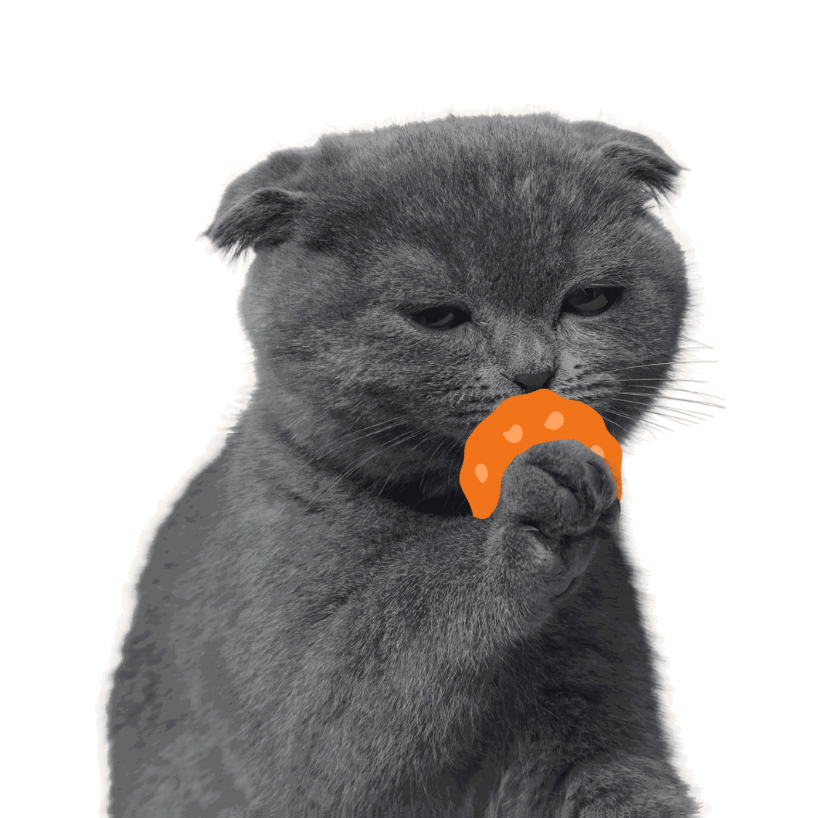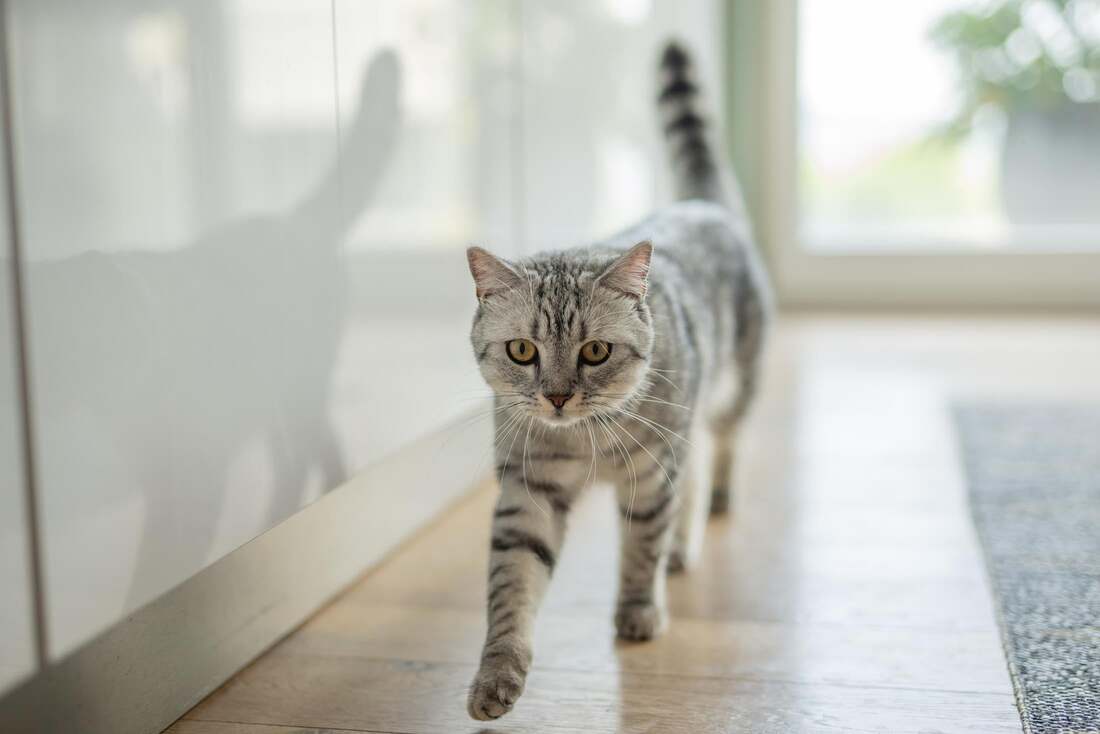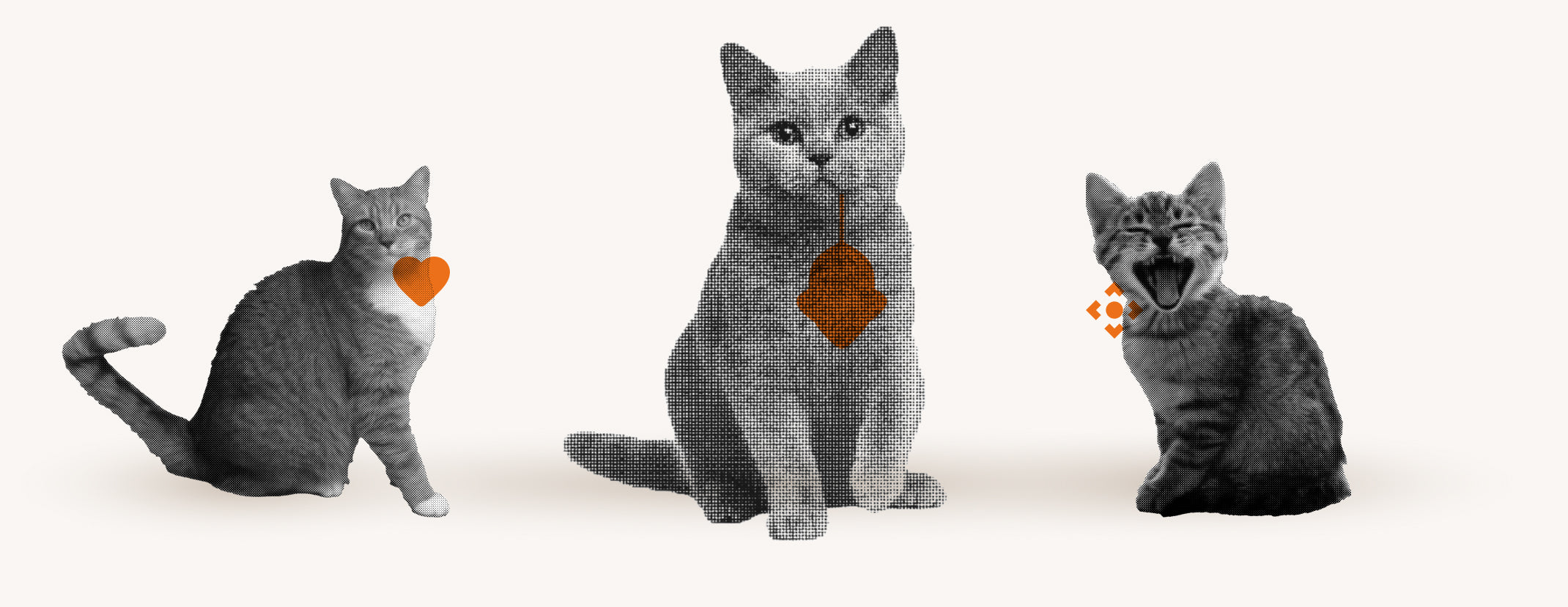Have you ever thought about allowing your cat its own access through the garage door?
It can be frustrating to constantly have to open the door so your cat can go in and out.
Installing a cat flap in a garage door is a practical solution that offers your pet freedom and you comfort.
In this article, you will learn step by step how to install a cat flap in your garage door, what materials and tools you need and how to ensure safety.
Step-by-step instructions for installing a cat flap

Installing a cat flap in a garage door is a great way to give your cat more freedom and yourself more convenience. This article will walk you through the process step by step, from preparation to completion. It is important that you follow all the steps carefully to ensure the cat flap is safe and functional.
First, you need to determine the best location for the cat flap on the garage door. It should be an area that is easy for your cat to access, but at the same time does not weaken the structure of the door. Mark the area where the cat flap will be installed, making sure that it does not affect any important components of the door.
Once the installation location has been determined, it's time to cut out the opening. It's crucial to work precisely so that the cat flap fits perfectly. Use a jigsaw to make a clean cut and carefully deburr the edges to avoid injuring the cat. You can then install and secure the cat flap according to the manufacturer's instructions.
Required materials and tools
To install a cat flap in a garage door, you will need various materials and tools. First, you should make sure you have a suitable cat flap and the corresponding installation template. This is often supplied with the cat flap and makes it easier to mark and cut out the opening.
The tools you will need include:
- A pen for marking the cutting lines
- A jigsaw to cut out the opening
- A drill for the mounting holes
- A screwdriver or cordless screwdriver to attach the cat flap
Make sure all tools are in good condition before you begin installation.
Choosing the right size cat flap

The size of the cat flap is crucial for your cat's comfort. Measure your cat from shoulder to shoulder and from head to paws to make sure the flap is big enough. It's important that your cat can comfortably go through the flap without getting squeezed.
Here are some guidelines for choosing your size:
- For small to medium-sized cats, cat flaps with a width of about 16.5 cm and a height of 17 cm are often sufficient.
- For larger breeds such as the Maine Coon, larger flaps with a width of up to 20 cm and a height of 23 cm may be necessary.
Check the product specifications and make sure the flap fits your cat's size.
Safety aspects when installing a cat flap
Security is of great importance when installing a cat flap. It is important that the flap is mounted securely to prevent it becoming a potential entry point for burglars. Use robust materials and ensure that the flap is securely screwed in place.
Consider these safety aspects:
- The cat flap should not be installed too close to door or window handles to minimize the risk of burglary.
- Consider using a cat flap with electronic security systems that only recognize and allow in your cat.
- Regularly check the functionality and stability of the cat flap to ensure that it has not been tampered with.
Different types of cat flaps
If you want to install a cat flap, you have several options to choose from, depending on your needs and security requirements. Manual cat flaps are the simplest and cheapest models. They work without electronic aids and open with a simple swinging movement. This option is ideal if you only need a basic solution without additional security features.
For more security, you could opt for an electronic cat flap . These flaps recognize your cat using an RFID chip or microchip that is either implanted in the cat's collar or directly in the animal. Here are some advantages:
- Only your cat(s) can enter the house because the flap does not detect foreign animals.
- You can control what times your cat is allowed to come and go.
- Provides additional protection against burglars as the flap cannot be easily opened manually.
Another option is magnetic cat flaps , which only open when a magnet on the cat's collar is nearby. These offer a medium level of security. They prevent foreign animals from entering better than manual flaps, but are less secure than electronic versions. Whichever type you choose, it is important that the size and location of the flap are well thought out to ensure comfort for your cat and safety for your home.
Possible installation locations for cat flaps
When considering where to install a cat flap, you have several options. The most common places are doors, windows or walls. Here are some tips for optimal placement: * Choose a place that is easily accessible for your cat. * The flap should be protected from extreme weather conditions to prolong its lifespan. * Make sure that the installation location does not lead directly into a wall of a heated room to avoid heat loss.
Besides the usual places like doors and windows, you can also get creative and consider places like the garage door or even a connection to the basement or garage. Here are some additional considerations: * Make sure the material of the installation location is easy to work with, such as wood or thin metal. * Check that the chosen location does not weaken the structure of the building. * Consider a small platform or step in front of the flap so your cat can get a good view.
Cost overview for the installation of a cat flap
If you're considering installing a cat flap, it's important to understand the costs involved. Prices can vary depending on the type of cat flap you choose and where it's installed. A simple manual cat flap can cost between €60 and €250, while a high-tech, chip-controlled flap is more expensive. In addition to the price of the flap itself, there are installation costs, which can range from €100 to €400, depending on the complexity of the installation and the professional you choose.
Here is a quick cost overview to help you plan your budget for installing a cat flap:
- Cat flap : 60 € - 250 €
- Installation costs : 100 € - 400 €
- Total cost : 170 € - 680 €
It is advisable to obtain several quotes from professionals in advance to find the best conditions. Remember that additional costs may arise if special adjustments or materials are required.
Installing a cat flap as a tenant: What is allowed?
As a tenant, you need to consider a number of legal aspects before installing a cat flap. It is important to get your landlord's permission , as installing a cat flap can be considered a structural alteration. Without this consent, you could risk breaching your tenancy agreement, which could, in the worst case, lead to termination.
To effectively obtain permission, you should write to your landlord and clearly explain the benefits of a cat flap. Here are some points you could mention in your cover letter:
- Increased tenant satisfaction through fewer disruptions.
- Possible increase in value of the property through additional features.
- Commitment that all changes will be reversed at your own expense upon moving out.
Discover the benefits of Flappie's smart cat flaps
Flappie offers an innovative solution for cat owners who are worried about their cats bringing prey into the house. Flappie 's smart cat flap uses selective access control and prey detection by AI-powered camera to ensure that only your cat - without unwanted prey animals - comes into the house. This keeps your home clean and prey-free.
In addition to safety and cleanliness, the Flappie app gives you the ability to control the cat flap from anywhere. You'll receive push notifications , can adjust settings and even see videos and photos of your cat . Visit https://flappie.ch and take the opportunity to take your cat flap to a new level of convenience and control.
Frequently Asked Questions
Can I install a cat flap in a garage door?
Yes, you can install a cat flap in a garage door. This will provide more freedom for your cat and more convenience for you. It is important to choose the right location on the garage door and make sure that no important components of the door are affected.
Where can you install a cat flap?
You can install a cat flap in a variety of places, such as doors, windows, walls, or even garage doors. Choose a location that is easily accessible to your cat and protected from extreme weather conditions to prolong the life of the flap.
Can you install a cat flap in a metal garage door?
Yes, you can install a cat flap in a metal garage door. Make sure the material of the location is easy to work with, such as thin metal, and that the location you choose will not weaken the structure of the building.





Share:
Installing a cat flap through a house wall: A complete guide
Cat Flap Adapter Plate: Installation and Tips